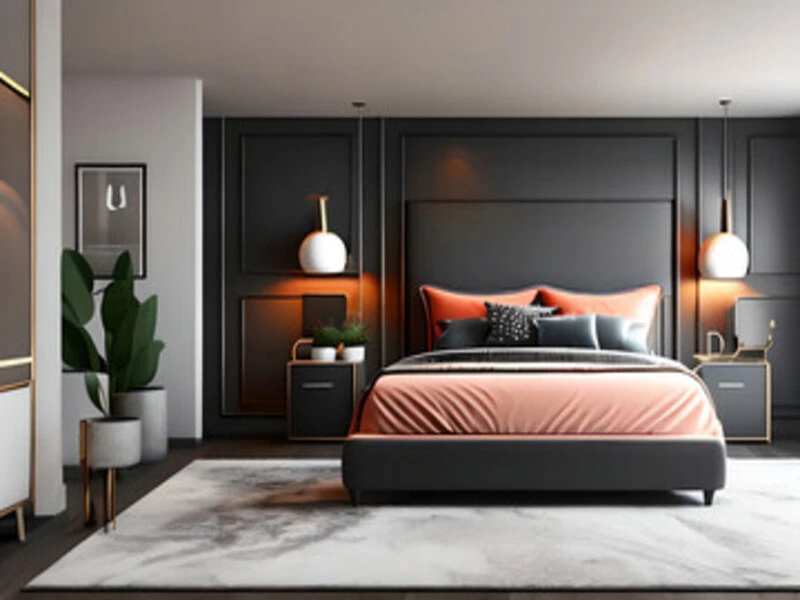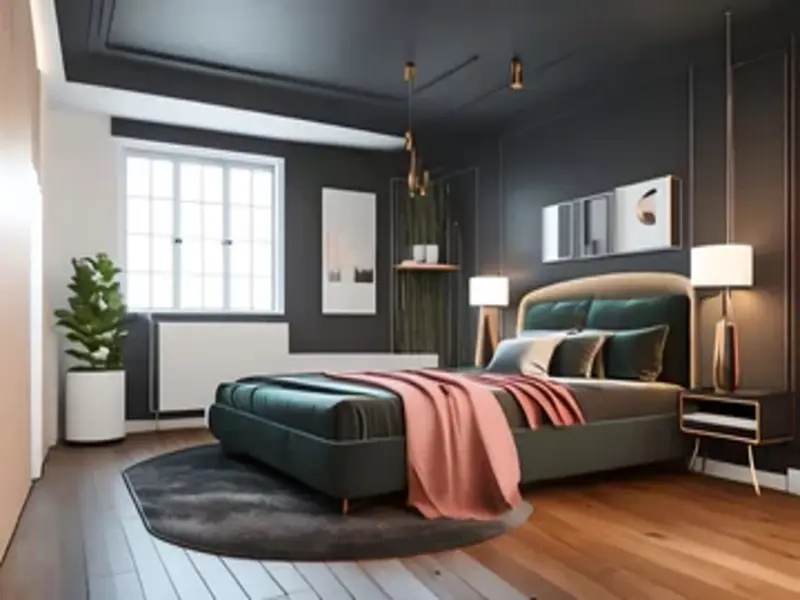Room Type SK1B Meaning in Opera Software: Decoding the Essentials
Opera Software is a cornerstone for modern hospitality management, helping hotels streamline operations with its robust and intuitive Property Management System (PMS). Understanding room type codes like “SK1B” is crucial for operational efficiency and guest satisfaction among its many functionalities. This comprehensive guide explores the meaning, importance, and application of the room type SK1B in Opera software, offering valuable insights for professionals in the hospitality industry.
What Does Room Type SK1B Mean in Opera Software?
The code SK1B represents a unique room configuration within Opera’s PMS. Each component of this code serves a specific purpose:
- S: Indicates a Single Room designed to accommodate one guest.
- K1: Denotes a King-Sized Bed, offering spacious and comfortable sleeping arrangements.
- B: Often signifies an additional feature like a Balcony or a Bathtub, depending on the hotel’s customization.
These codes are not universal. Hotels configure them based on their inventory, ensuring the system reflects unique room features, branding, and guest preferences. Understanding room type SK1B requires familiarity with the specific hotel’s coding conventions.
Importance of Room Codes in Opera Software

Room codes like SK1B play an integral role in hotel operations, enhancing efficiency across departments:
Efficient Room Allocation
Room codes provide a shorthand for quick and accurate room assignments, ensuring guests receive accommodations matching their preferences.
Accurate Bookings
The system minimizes errors and enhances booking accuracy by matching reservations to specific codes.
Operational Clarity
Housekeeping and maintenance teams rely on these codes to identify rooms requiring specific attention, streamlining workflows.
Enhanced Guest Satisfaction
When room assignments align with guest expectations, satisfaction rises, contributing to positive reviews and repeat business.
How to Decode Room Type SK1B in Opera Software
Understanding and utilizing room type codes like SK1B is straightforward with a systematic approach:
Step 1: Familiarize Yourself with Configuration
Opera software includes a master list of room codes. Staff should consult this list to understand each code’s meaning.
Step 2: Break Down the Code
Analyze each segment of the code (e.g., “S” for Single, “K1“ for King bed, “B“ for Balcony) to understand its implications.
Step 3: Seek Clarification
Consult your supervisor or Opera administrator if a code’s meaning is unclear. Regular training sessions can also address knowledge gaps.
Step 4: Practice Regularly
Frequent use of these codes in daily operations will reinforce understanding and accuracy over time.
Customization of Room Codes in Opera Software

One of Opera Software’s strengths is its flexibility, allowing hotels to customize codes like SK1B to reflect unique features.
Tailored Descriptions
Custom codes can highlight specific amenities, such as “SK1B“ for a Single-King room with a Balcony or “LK1O“ for a Luxury King room with an Ocean View.
Simplified Training
Intuitive codes make learning and using the system more manageable for staff.
Improved Marketing
Clear, descriptive codes align with booking platforms, enhancing marketing efforts and guest expectations.
Challenges in Decoding Room Codes
Despite their utility, room codes can present challenges:
Lack of Documentation
Some hotels fail to provide comprehensive code guides, leaving staff to rely on guesswork.
Complexity
Overly intricate codes can confuse staff, leading to errors in room assignments.
Frequent Updates
As hotels update room inventory or features, codes must also evolve, requiring staff to stay informed.
Solution:
Hotels should prioritize detailed documentation, regular training, and interdepartmental communication to mitigate these challenges.
Revenue Management and Room Type SK1B
Correctly understanding and managing room types like SK1B can drive revenue growth:
- Dynamic Pricing: Analyze booking trends for SK1B to adjust rates based on demand.
- Customized Packages: Offer tailored deals featuring SK1B for target demographics, such as business travelers or honeymooners.
- Upselling Opportunities: Highlight SK1B’s unique features during booking or check-in to encourage upgrades.
Future of Room Type Codes in Opera Software
As technology evolves, room coding in Opera software is poised for innovation:
- AI Integration: Predict guest preferences and assign room codes dynamically to enhance personalization.
- Seamless Connectivity: Improved integration with third-party systems for unified operations.
- Enhanced User Experience: Future updates may simplify room coding further, making the system more intuitive.
Why Understanding Room Type SK1B Matters
For hotels, deciphering room type SK1B is not just about technical knowledge—it’s about delivering excellence:
- Guest Satisfaction: Ensuring accurate room assignments prevents misunderstandings and complaints.
- Operational Efficiency: Clear codes streamline workflows, reducing errors across departments.
- Brand Reputation: A well-run hotel reflects positively on its brand, fostering loyalty and trust.
Hotel staff can elevate service standards and operational performance by investing time in mastering room type SK1B and other codes.
Last Words
In the hospitality industry, details matter. Room codes like SK1B in Opera software are more than just alphanumeric sequences—they are tools for precision, efficiency, and guest satisfaction. From streamlining operations to enhancing the guest experience, these codes are a foundational aspect of modern hotel management.
Understanding the nuances of SK1B empowers staff to deliver seamless service, optimize operations, and contribute to a hotel’s overall success. With proper training and documentation, decoding SK1B becomes second nature, paving the way for operational excellence in a competitive industry. For insights on managing unique venues like rage rooms, explore our article on the best booking software for rage rooms here.
FAQs
Q1. Does the “B“ in SK1B always stand for a balcony?
Not necessarily. While “B“ could indicate a balcony in some hotels, it might also signify features such as a bathtub, a specific view, or another unique amenity. Its meaning depends on the hotel’s customized coding structure.
Q2. How does room type SK1B impact housekeeping operations?
Housekeeping teams rely on room codes like SK1B to identify room types and specific features, ensuring proper preparation and maintenance of rooms to meet guest expectations.
Q3. Can room type SK1B be customized to reflect unique hotel features?
Yes, Opera Software allows for extensive customization of room codes. SK1B can be tailored to highlight unique features such as ocean views, premium bedding, or exclusive amenities, depending on the hotel’s branding and offerings.
Q4. Is it possible to integrate SK1B codes with other hotel management systems?
Opera Software’s flexibility often allows integration with other systems, ensuring seamless communication across platforms. This integration enhances operational efficiency and guest experience.
Q5. What steps can new staff take to understand room codes like SK1B?
New staff can familiarize themselves with SK1B and other room codes by attending training sessions, studying the hotel’s Opera Software manual, and asking experienced colleagues for guidance.

